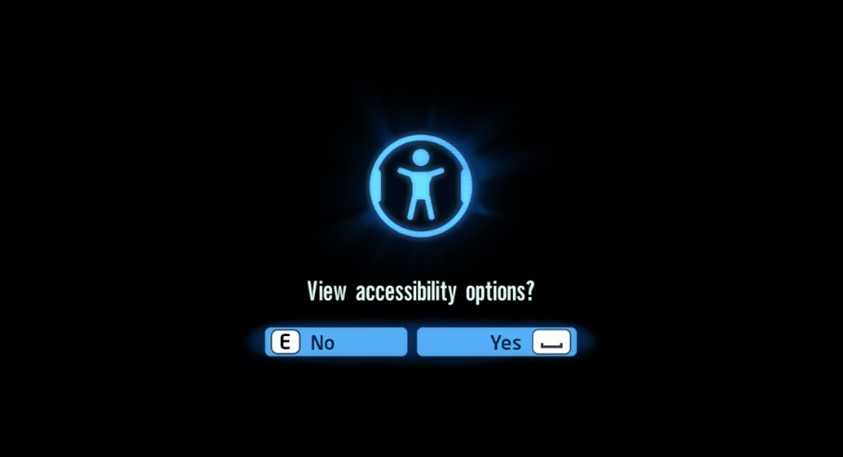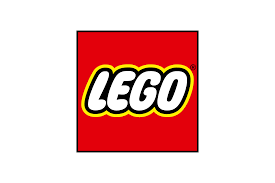

Global Head of Portfolio & Audience Development
The LEGO Group

Director
Futureview
It’s fair to say that the entertainment industry, whether through the medium of video games, music, TV or movies, is not always perceived to be blazing a trail when it comes to being inclusive or progressive. Some controversies and failings are well known; whether the prevalence of overly-sexualised women in mainstream music, the dominance of white men at the top of the box office charts, or the limited racial diversity within the main protagonists of video games.
However, in recent times, major stars and studios – including Beyonce, Lizzo and Disney – have been ensnared in controversies around a huge – and often overlooked – group, disabled people.
To put the size of this issue into context, an estimated 15% of the global population live with disabilities, incorporating three main categories – communicative, cognitive and physical. The impact of disabilities are amplified even further when the effect on families and carers is taken into consideration.
So, in this piece, published with the support of Interpret, we will be highlighting a few of the challenges – but also recent positive innovations – around making entertainment accessible to all. It’s a sizeable subject – and one that is impossible to do justice to in a short piece – however, for the purposes here, we are aiming to explore three main areas:
WHAT’S THE SITUATION NOW?
To start, let’s take a quick (and admittedly topline and subjective) look at the state of representation today. For the sake of clarification, at this stage we’re primarily discussing the ‘top down’ entertainment world (i.e. content from major studios, publishers or labels) rather than the ‘bottom up’ creator universe.
To start, in many ways – and across multiple mediums – there have been notable improvements in terms of representation.
For instance, In 2022, USC’s Annenberg Inclusion Initiative, which has annually tracked the gender and ethnicity of lead characters for the 100 highest-grossing Hollywood films each year since 2007, reported that 41% of leads or co-leads in 2021 were women, and 32 percent were from a historically excluded race or ethnicity. This level of female representation was an 8 percentage point increase from 2017.
Behind the camera, when looking at organizational structure, leading institutions such as the BBC have also set positive – and high profile – targets to create a workforce that’s representative of of their national population; which, in the UK’s case, is 50% female, at least 20% black, Asian or minority ethnic, and at least 12% disabled employees.
But let’s take a closer look at that last category: ‘disability’.
While there has been progress, increasing representation of disabled people remains a significant and pressing issue. In Hollywood productions, only around 2-3% of characters are presented as having a disability. To place this into context, the WHO reports that 15% of the global population are living with some form of disability, with estimated figures higher in certain countries dependent on the definition. For instance, in the U.S. the CDC identifies 26% of the population as living with disabilities, with 11% of U.S. adults having some kind of cognitive disability resulting in serious difficulty concentrating, remembering or making decisions.
Disabled representation in the music industry continues to ebb at a concerningly low level – and while efforts have been made – representation both in the charts and within the machinery of the music studios themselves remains extremely limited. Indeed, in a 2021 study funded by The Arts Council England researchers saw that of 150 people who work in music and identify as having a disability or long-term health condition – of the 71% that describe their condition as non-visible – within this number, 81% said that they either “sometimes” or “never” disclose their condition to colleagues. The reasons cited were centered around fear of discrimination, perceptions that they may be less capable, or fear of receiving less future work.
INITIATIVES WITHIN THE VIDEO GAMES WORLD
Clearly there is still significant and ongoing work to do but, in contrast to film and music, the video game space is – in many ways – pioneering in terms of disability-inclusivity. In part, change has been stimulated by the inherent two way-experience in video games (i.e. action on screen that is interacted with by the observer). However, companies in the sector – big and small – are also demonstrating an important attitudinal shift.
In part this incorporates a determination to pioneer positive change across both hardware and software, as well as attitudinal innovation and determination to get feedback from gamers with disabilities during the development cycle. A range of innovations are ‘already here’ and it’s notable how companies in this space are actively promoting and developing disability-forward initiatives:
These are just a handful of examples of ongoing innovation, enhancing opportunities to create content and experiences that are both aspirational and inclusive. Not only is this the right thing to do for society but these decisions have strong commercial and creative benefits too. By empowering disabled people of all types – including content creators and facilitators – the gaming industry is creating a larger market of customers, who will contribute to the discourse, and fuel experimentation and innovation.
HOW MIGHT WEB3 AND THE METAVERSE MAKE A DIFFERENCE?
While there are encouraging changes, there is much more that can be done; so we wanted to highlight some possible future trends – and current innovations – in physical and digital accessibility.
While video games – in large part because of their proximity to tech – are likely to continue to lead the way, the macro-trends and innovations here also present an opportunity for linear content companies to create products, services and experiences that are more inclusive and accessible.
Potentially this is also an area where the metaverse can make an outsized impact. There are myriad concerns about the future metaverse fuelling isolation for large swathes of society – many of which may be justified. This also isn’t the place for a debate about the benefits (or not) of the metaverse, or indeed the exact definition of the term.
However, some current – and likely future developments – appear to have high potential to help make a positive difference:
If content creators involved in the future metaverse continue to lean into, prioritize and integrate accessibility options, web3 can lead the way in interacting with the physical world to create more liberating, engaging and inclusive experiences.
And, in doing so, content creators have a unique opportunity right now to open up their narratives, conversation and experience for all of society, not just part – creating a true kaleidoscope of people involved in creating and curating their own image.

© Interpret, LLC. All rights reserved